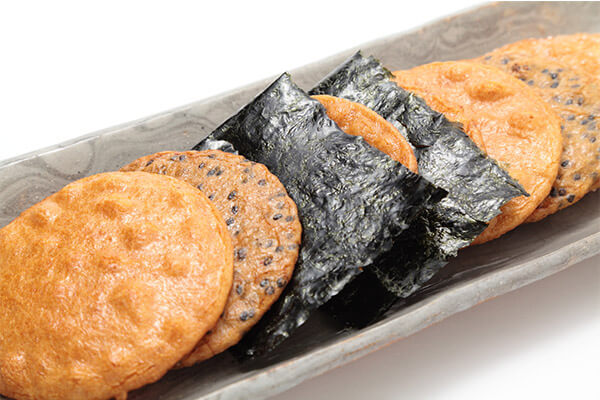INTRODUCE
Many foreigners don’t know a lot about Japanese food, so it’s helpful to describe it to them.多くの外国人は日本食について多くを知らないので、説明することは役立ちます。
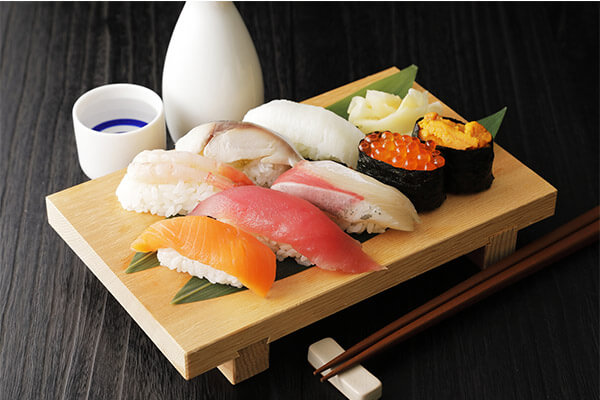
PRESENT
STEP A VOCABULARY
Read the vocabulary.単語を読みましょう。
filling 食べごたえがある |
savory 塩気のある |
STEP B GRAMMAR TIP
Use quite and not very with adjectives.
quiteとnot veryは形容詞と一緒に使います。-
Use quite to strengthen adjectives.
quiteを使って形容詞を強めます。 -
- The sushi was quite expensive.
- その寿司はかなり高かった。
- The curry is quite spicy – be careful!
- そのカレーはかなり辛い – 気を付けて!
-
Use not very to make adjectives negative.
not veryを使って形容詞を否定します。 -
- Their ice cream is not very good.
- 彼らのアイスクリームはあまりおいしくないです。
- In Japan, green peppers are not very popular with children.
- 日本ではピーマンは子供にあまり人気ではありません。
UNDERSTAND
SPEAKING
Yutaka and Cindy are eating at a Japanese restaurant.
ユタカとシンディは日本食レストランで食事をしています。
 |
- Cindy:
Oh, good, the menu has pictures!
- Yutaka:
Yes! That’s why I brought you here. (laughs)
- Cindy:
Hmm… What’s teishoku?
- Yutaka:
It’s a set meal. It usually has a main dish, a bowl of rice, a few side dishes, and a bowl of miso soup.
- Cindy:
Oh, that sounds quite filling! Maybe I should get something smaller… What’s okonomiyaki?
- Yutaka:
Uh… It’s a Japanese pancake.
- Cindy:
Does it have a lot of sugar?
- Yutaka:
No, it’s not very sweet. It’s actually quite savory. It has cabbage and fish flakes!
- Cindy:
A pancake with cabbage and fish flakes?! No thanks. I’ll get the teishoku!
- Yutaka:
(laughs) Good choice.
PRACTICE
Make sentences with quite and not very using the pictures and words.
quiteとnot veryを使って写真や言葉をもとに文を作りましょう。
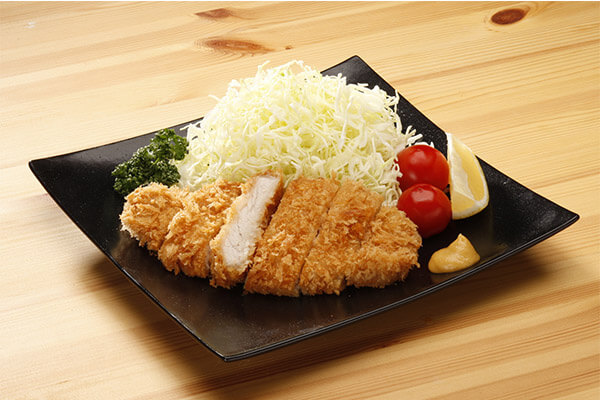
ex. tonkatsu / healthy
→ Tonkatsu is not very healthy.
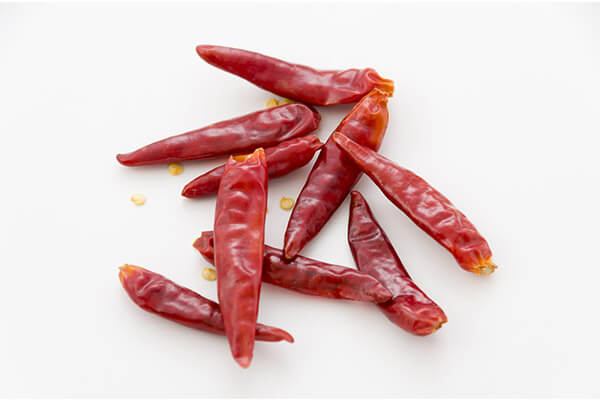
1. togarashi / spicy
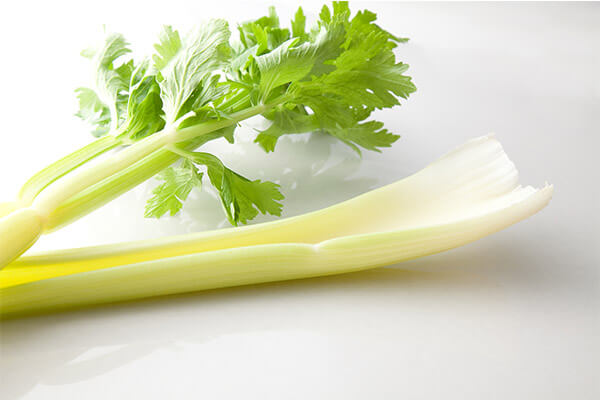
2. celery / filling

3. rice crackers / savory
CHALLENGE
You’re at a restaurant with your foreign friend.
あなたは外国人の友達とレストランにいます。
Answer his/her questions about Japanese food.
彼/彼女の日本食に関する質問に答えましょう。
Today's grammar tip
- quite
- not very
 |
FEEDBACK
I can describe food.食べ物について説明できるようになる。
LESSON GOAL ACHIEVEMENT
-
4
Very GoodCould complete the task with ease
-
3
GoodCould complete the task with some clarifications
-
2
FairCould complete the task with additional instructions
-
1
PoorCould somehow complete the task with difficulty
PERSONALIZED FEEDBACK
-
RANGE
表現の幅
語彙をどの程度使えるか -
ACCURACY
正確さ
文法が正しく使えているかどうか -
FLUENCY
流暢さ
円滑に喋ることができるかどうか

